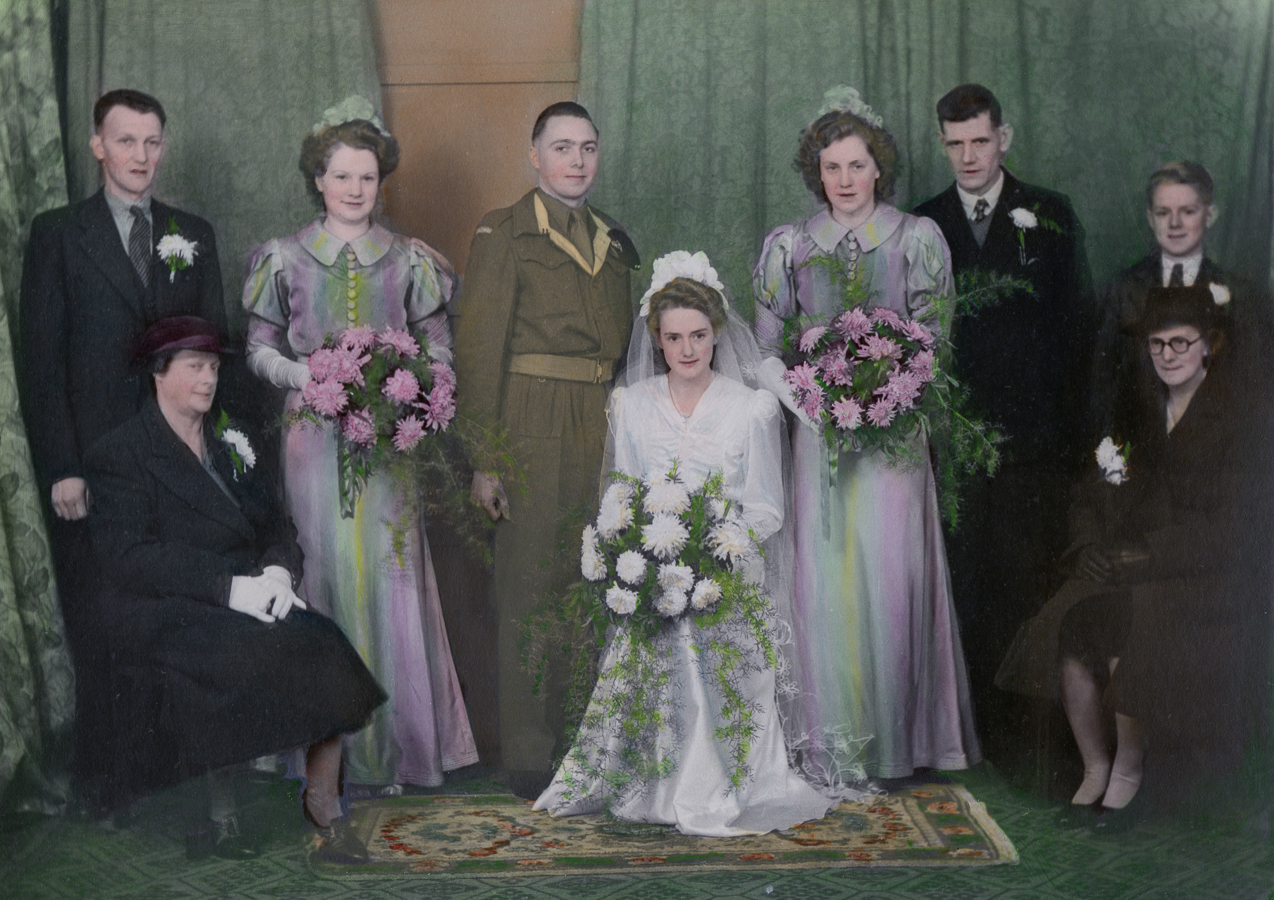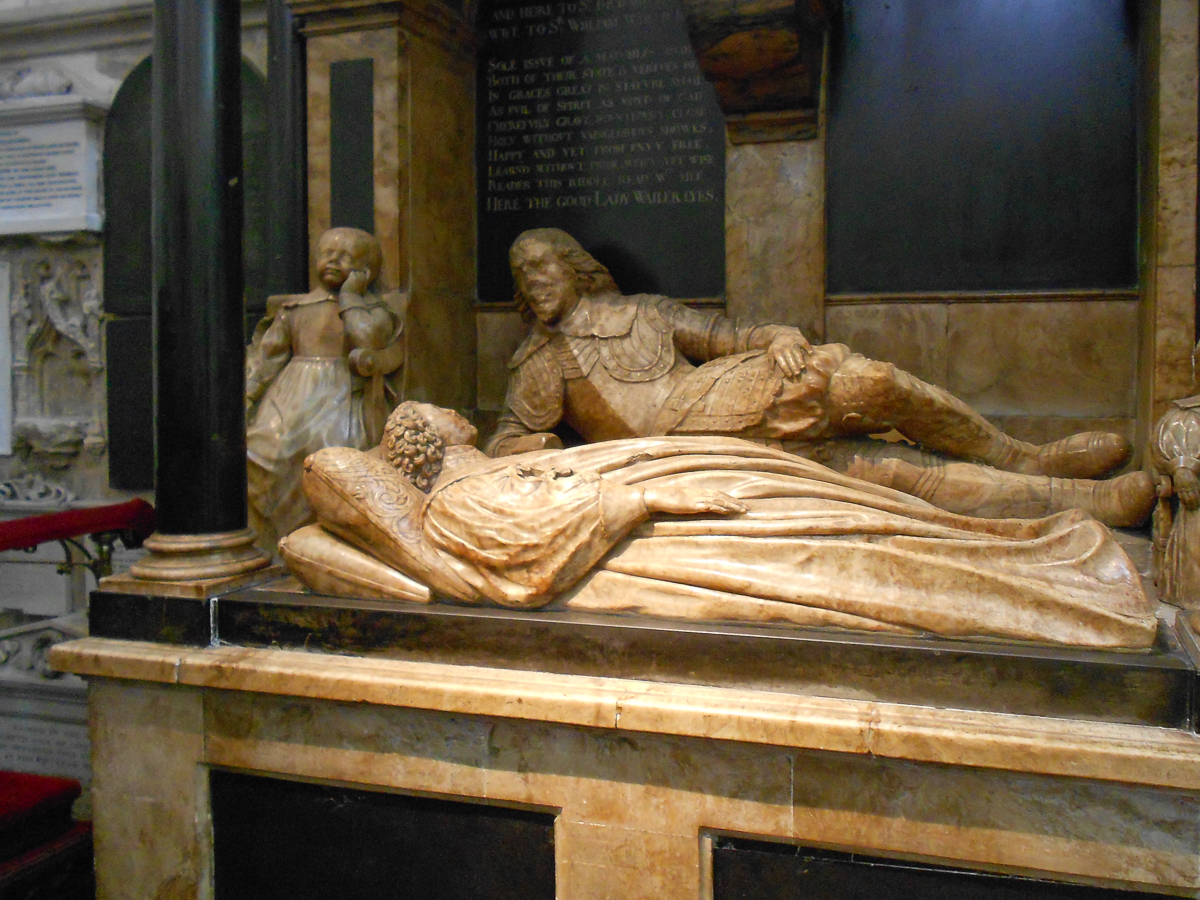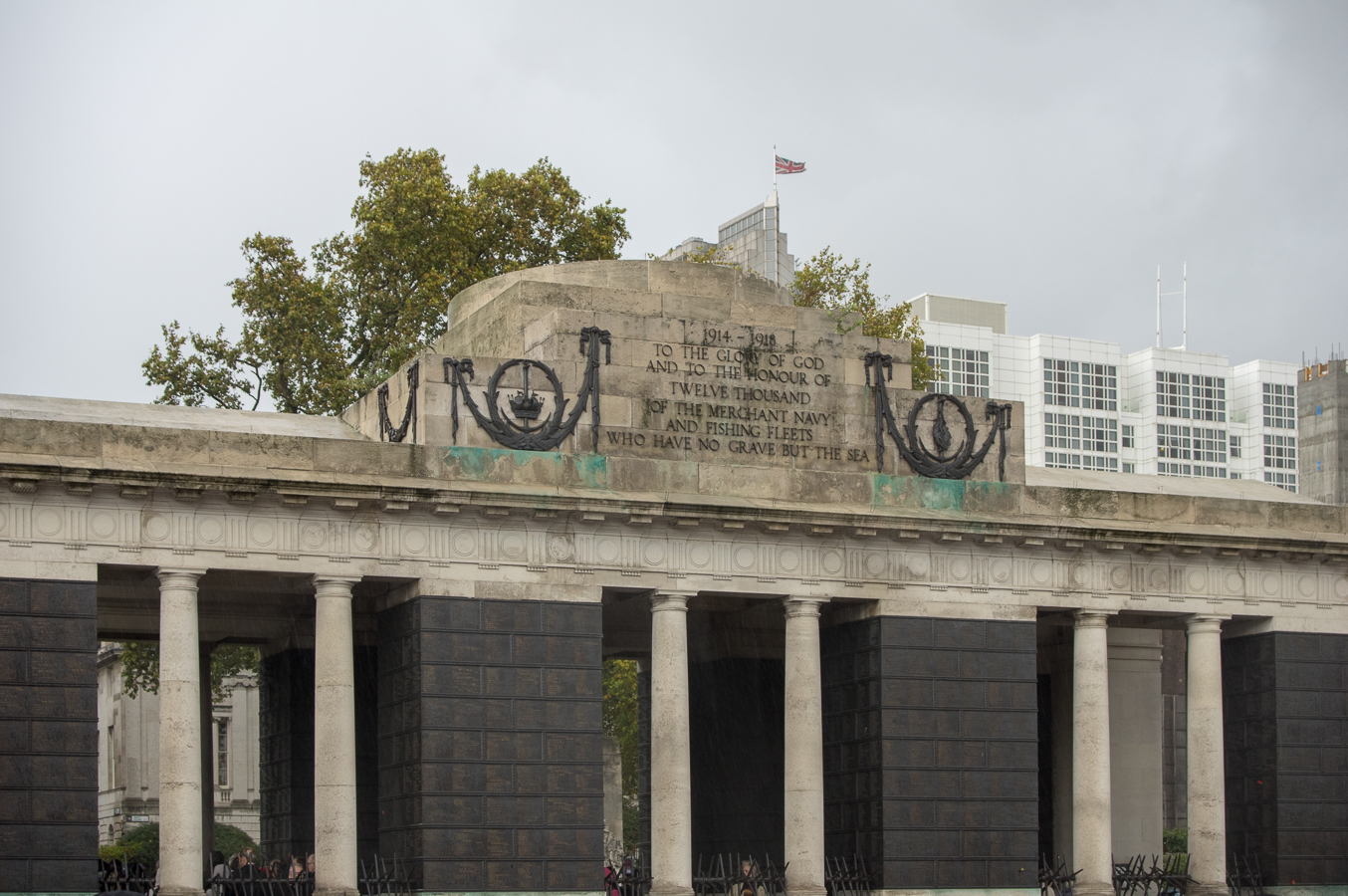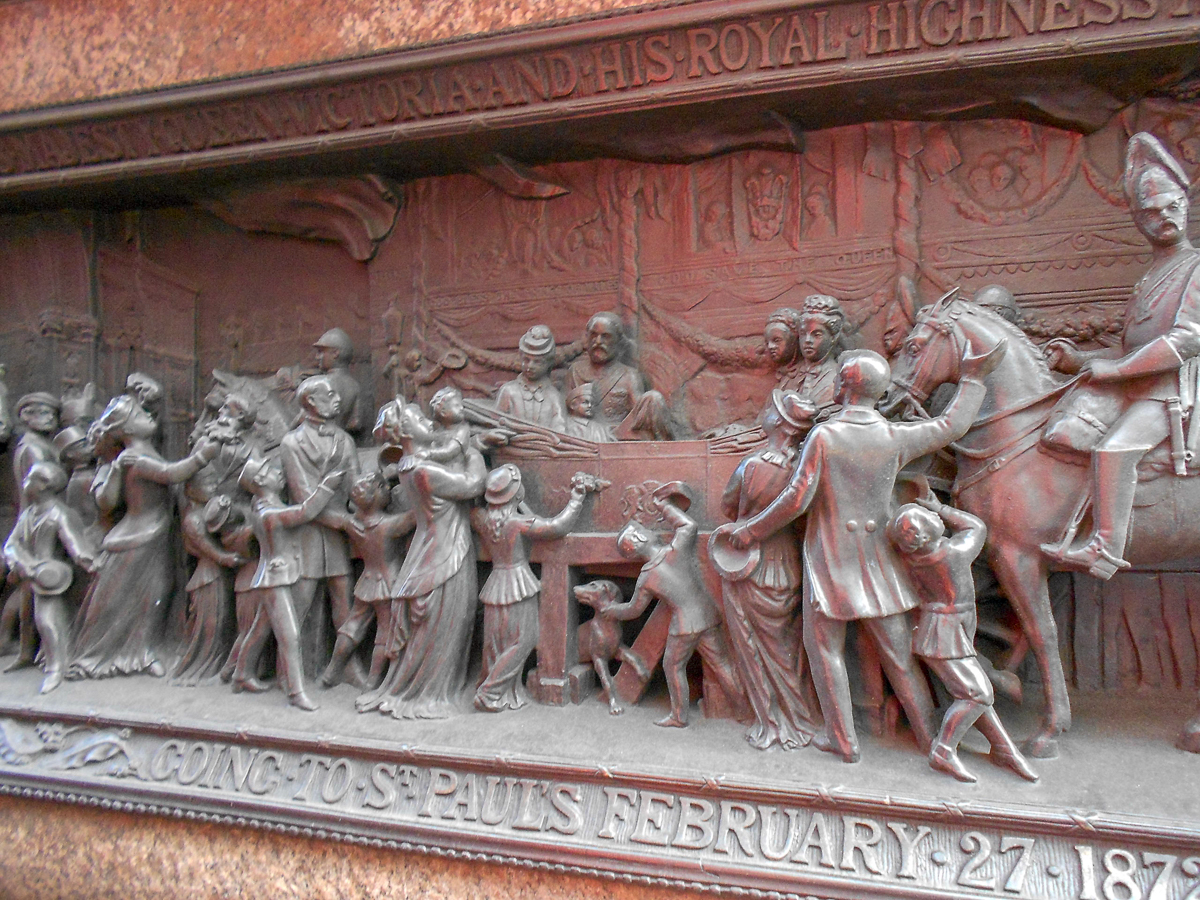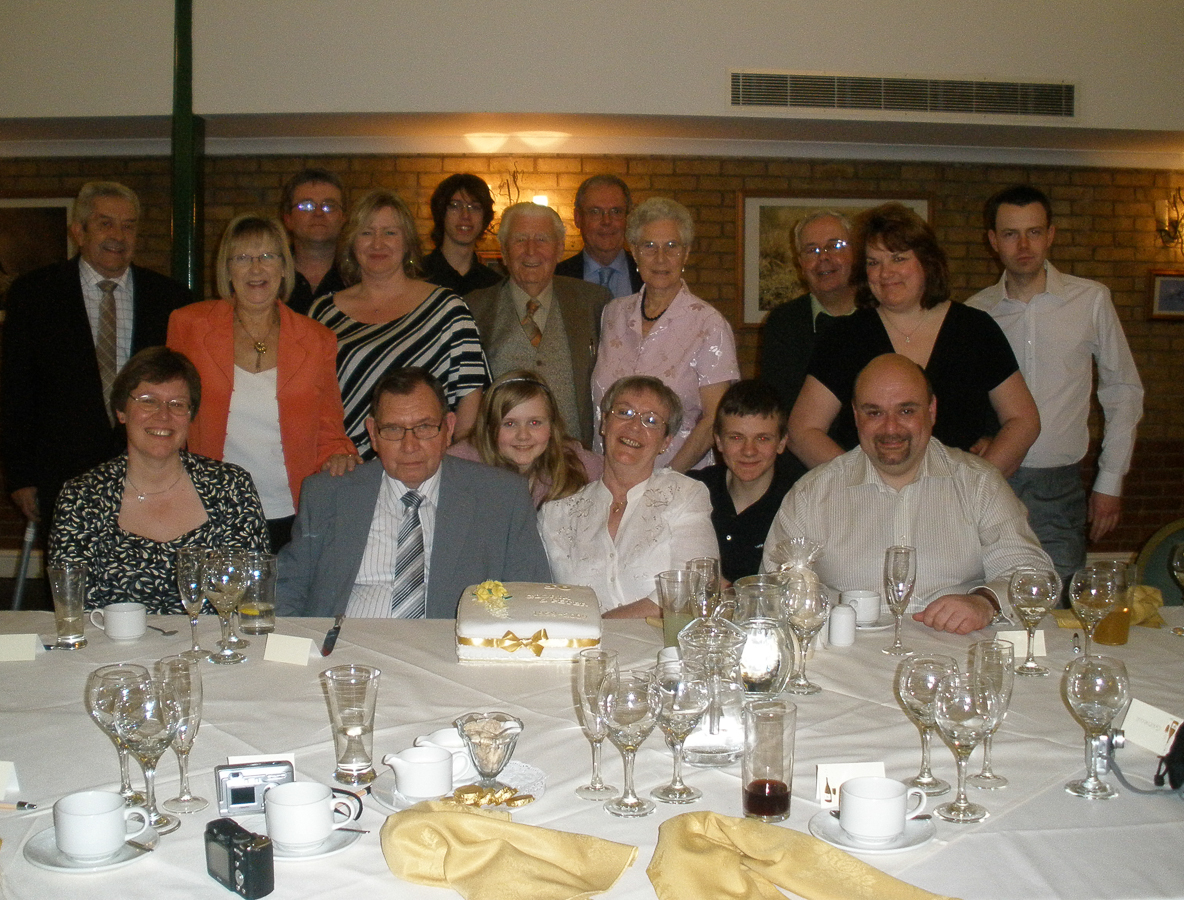Act for the Keeping of Parish Registers 1538
As family historians we own a debt of gratitude for the creation of this act in Henry VIII's 29th year of reign. Without it and the subsequent similar act from Queen Elizabeth in 1558, we would not have such extensive records to assist us in our hobbies or professions.
A good précis of the history is found at Family Search, 'History of Parish Registers in England', reproduced in part below.
Medieval - In medieval times there were no parish registers. For some years before the Reformation, monastic houses (especially the smaller ones) the parish priest had been developing the custom of noting in an album or on the margins of the service books, the births and deaths of the leading local families.
1538 - Through the efforts of Thomas Cromwell a mandate was issued by Henry VIII to keep parish registers. This order that every parson, vicar or curate was to enter in a book every wedding, christening and burial in his parish. The parish was to provide a sure coffer with two locks, the parson having the custody of one key, the wardens the others. The entries were to be made each Sunday after the service in the presence of one of the wardens. The mandate was enforced under a penalty of 3 sols, 4 deniers for the repair' of the church. These entries were made on paper, sometimes upon loose sheets. The bishop in their visitations were to see that the names of sponsors were duly entered in the registers of baptism. The parishioners penalty was divided between the poor box and repairs for the church.
1558 - Queen Elizabeth passed another law that was a duplicate of her father's . Many more registers began at this date. Many of these very early records are hard to read plus being written in Latin and are often very sparse - giving only the fathers name at a Christening and only the persons name in a burial entry. The registers were the property of the incumbent minister and each parish was required to maintain a chest in the parish church for the safe keeping of the same. In time other records were kept in the chest such as poor law records, which were actually the civil parish records. Other records kept in the chest were removal orders, bastardy bonds, overseers of the poor accounts, Tithe award and Maps, Enclosure Awards and Maps, Church Wardens Accounts, etc.
1597 - Registers were to be made of parchment instead of paper, and annual reports of all parish register entries were required to be sent to the appropriate bishop, called Church of England Parish Registers (BT). No doubt the reason we have gaps in some of the early parish registers or they do not exist at all, is that the paper had disintegrated and were not available. In some areas earlier registers were destroyed at this time and some were recopied on parchment.
Some ministers made copies for the Bishop as entries were made in the register, some waited until the end of the year to make these copies. Some entries could have been missed. Most often the original parish entry is more complete.
1598 - The entries that were made on paper, sometimes upon loose sheets, and sixty years later these registers were ordered to be copied upon parchment in books, so that the registers which still survive dating back to 1538-1539 (perhaps about 1400 to 1500 in number). Therefore, any parish which survived this date are rarely the original entries. Some of the earliest paper registers had disappeared even before the transcription was ordered.

